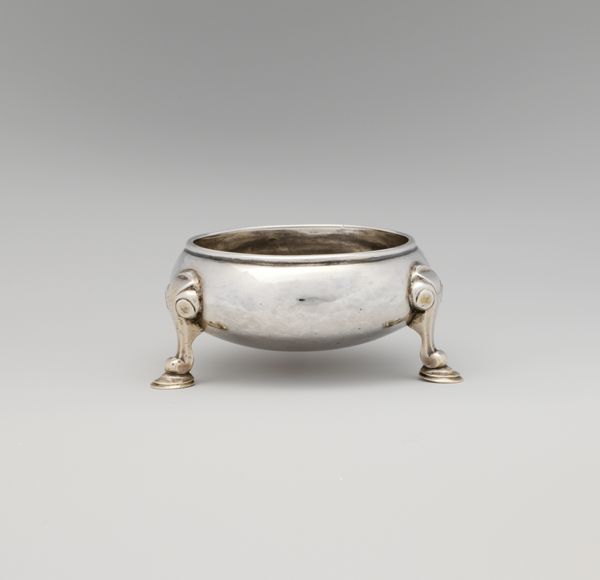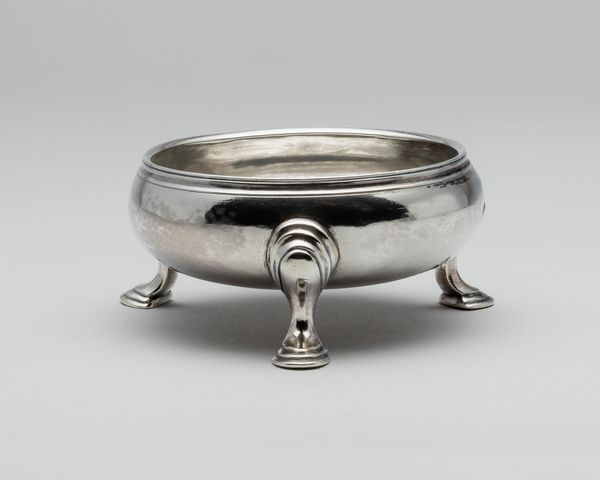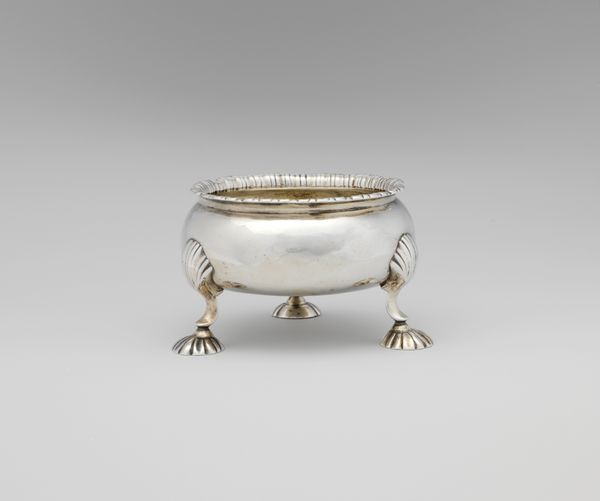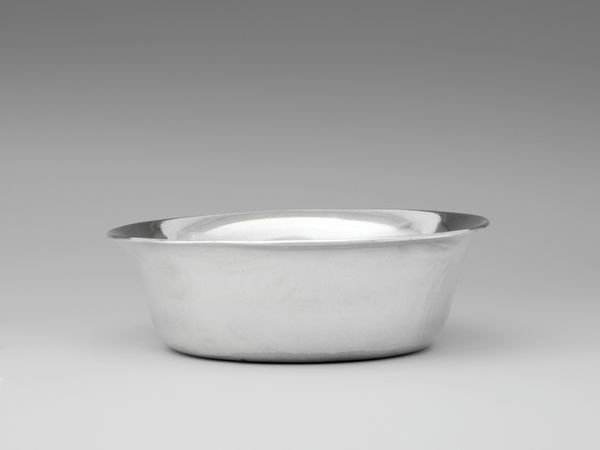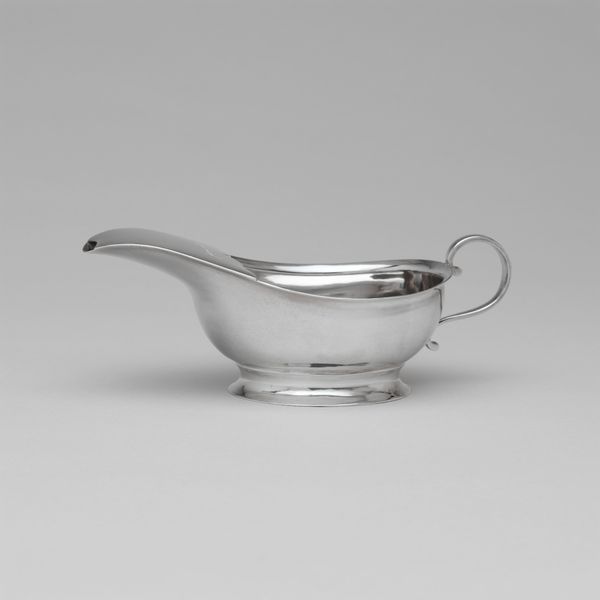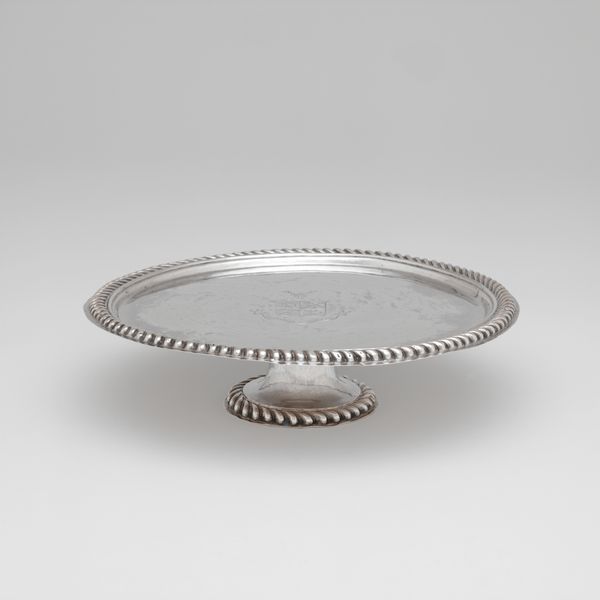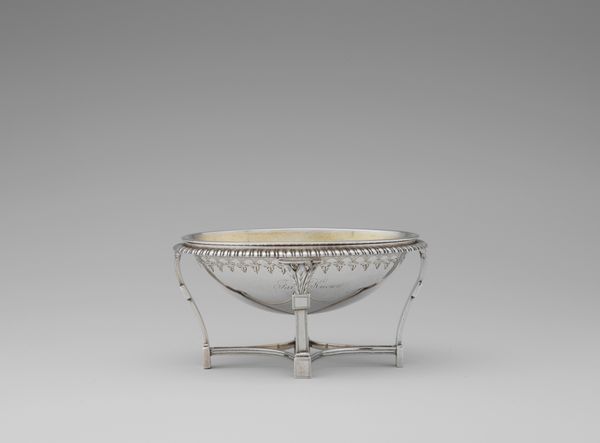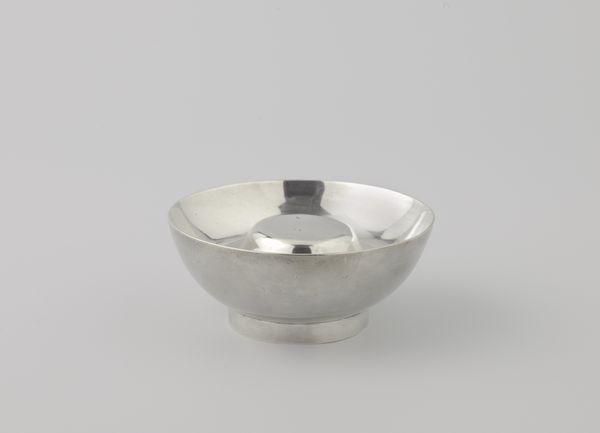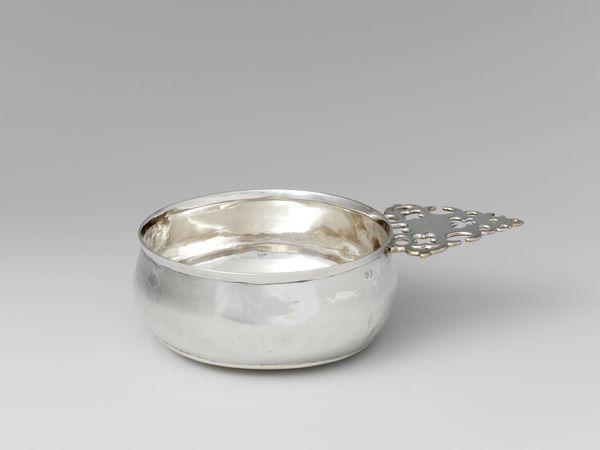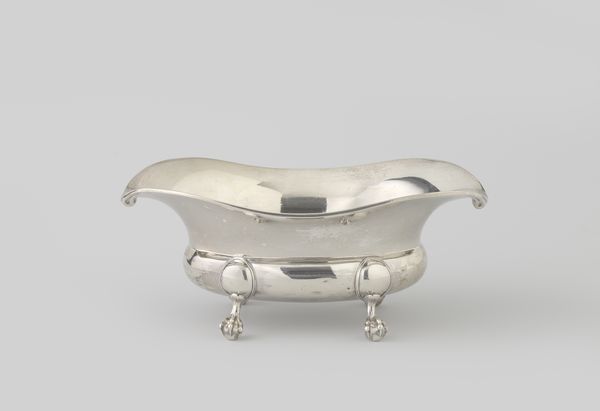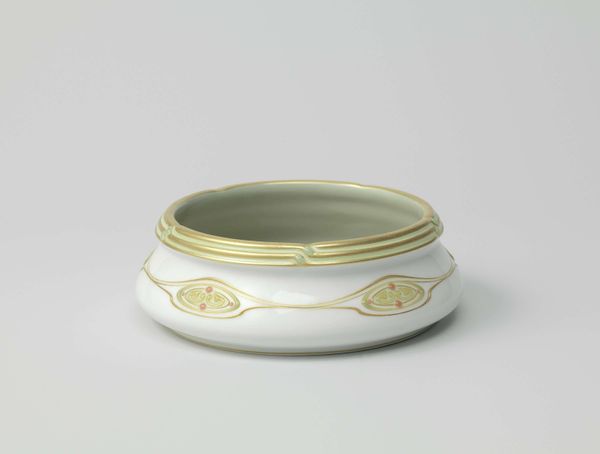
silver, metal
#
neoclacissism
#
silver
#
metal
#
decorative-art
Dimensions: 1 3/16 x 2 11/16 in. (3 x 6.8 cm); 1 oz. 12 dwt. (49.5 g)
Copyright: Public Domain
Editor: This delicate little vessel is entitled "Salt," crafted sometime between 1780 and 1795. It's made of silver, and is here at the Met. It's quite a contrast, isn't it? Such a precious object dedicated to something so basic. How might we interpret its visual symbolism? Curator: Indeed. A salt cellar elevates the everyday to a realm of ritual. Consider silver itself – a symbol of purity, the lunar, the feminine. Then look at its Neoclassical lines: those feet embellished with stylized shells… shells connect to Venus, birth, and even pilgrimage. Does this suggest a journey of taste, of seeking refinement? Editor: That's fascinating! It’s as if the object is speaking a silent language of wealth and cultural aspiration. Are there psychological implications of elevating salt in this way? Curator: Precisely! Salt was precious, a preservative, life-sustaining. Think of phrases like "worth your salt." By showcasing it in silver, we're acknowledging its primal importance, while at the same time using it to broadcast social status. The container doesn't just hold the salt, it amplifies its perceived value through both utility and visual signaling. What might it suggest about societal values then? Editor: I guess it indicates that there was some awareness about one's status through mundane objects at that time...it suggests that the smallest things mattered to their overall perception. Curator: Exactly! That constant reinforcement through objects... quite telling, isn’t it? Each form is a silent declaration. Editor: I've certainly never looked at a salt cellar quite the same way before.
Comments
No comments
Be the first to comment and join the conversation on the ultimate creative platform.
